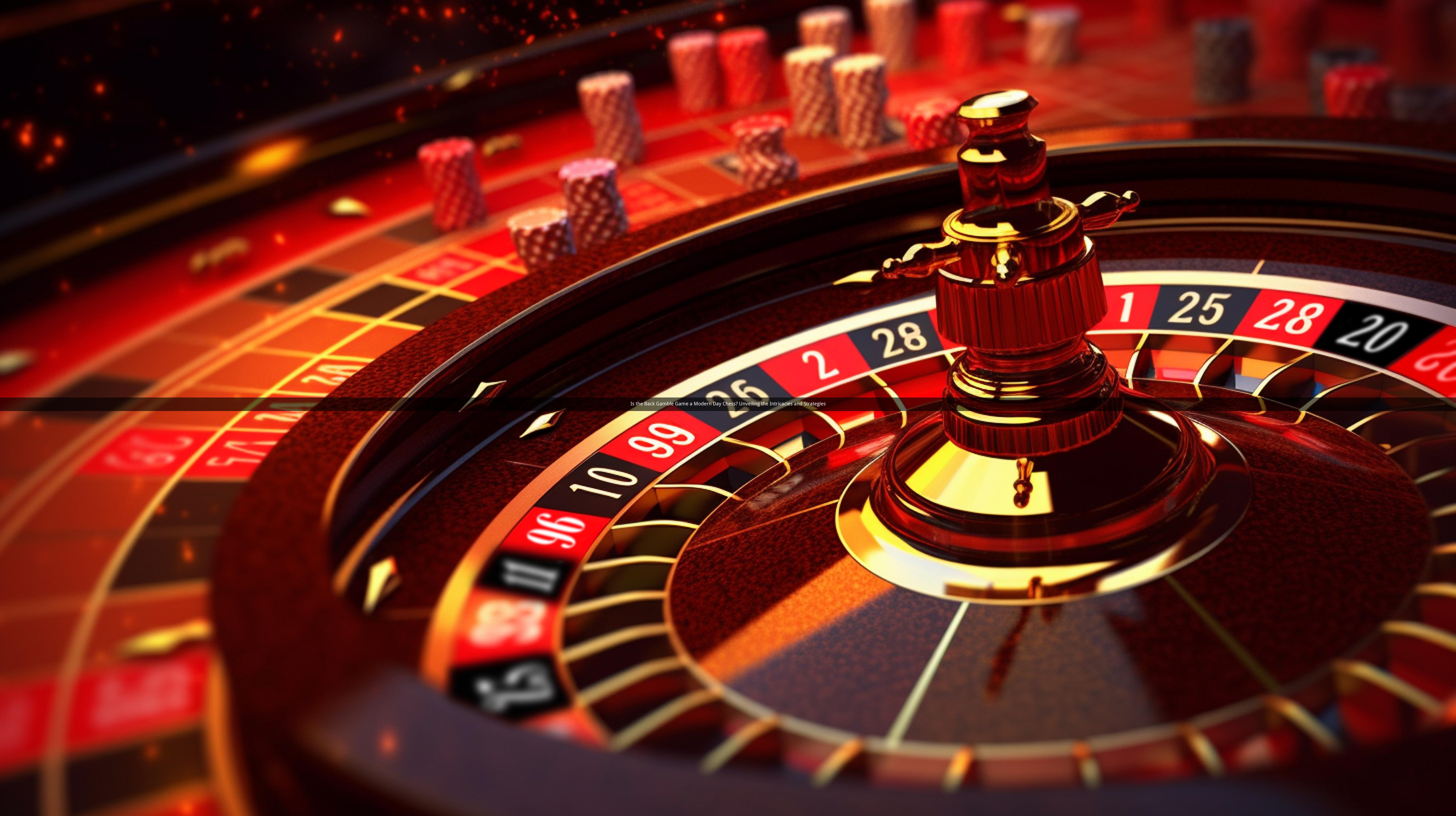
Table of Contents
1. Introduction to Back Gamble Game
2. The Rich History of Back Gamble
3. The Mechanics of the Game
4. The Psychology Behind the Moves
5. Comparing Back Gamble with Other Classic Games
6. The Art of Bluffing in Back Gamble
7. The Role of Luck in Back Gamble
8. The Thrill of the Game: Real-Life Scenarios
9. Mastering the Game: Tips and Tricks
10. Conclusion
---
1. Introduction to Back Gamble Game
Have you ever wondered what it feels like to be in a high-stakes game where every move counts? Enter the world of Back Gamble, a game that has been captivating players for centuries. Often compared to chess, Back Gamble is a game of skill, strategy, and a bit of luck. But is it just another game, or is it something more?
2. The Rich History of Back Gamble
Originating in ancient Egypt, Back Gamble has a rich history that spans over 5,000 years. It is believed that the game was played by Pharaohs and has since evolved through various cultures, each adding their own unique twists. Today, it remains a popular game worldwide, offering a blend of tradition and modern tactics.
3. The Mechanics of the Game
Back Gamble is played on a board with 15 points, each with six spaces. The objective is to move all of your pieces to the farthest point, known as the "home board." The game involves dice rolls, strategic planning, and a bit of luck. Unlike chess, where each piece has a unique movement, in Back Gamble, all pieces move in the same manner.
4. The Psychology Behind the Moves
The psychological aspect of Back Gamble is where it truly shines. Players must predict their opponent's moves, plan ahead, and bluff when necessary. It's a game that requires quick thinking and the ability to adapt to changing situations. The best players are those who can read their opponents like a book.
5. Comparing Back Gamble with Other Classic Games
While Back Gamble is often compared to chess, it differs in several key aspects. Chess requires a deep understanding of each piece's movement and strategy, while Back Gamble focuses more on prediction and adaptability. Back Gamble is also more forgiving to beginners, as the rules are relatively simple.
6. The Art of Bluffing in Back Gamble
Bluffing is a crucial part of Back Gamble. Players must be able to convince their opponents that they have a stronger hand than they actually do. This requires a combination of confidence, timing, and a bit of showmanship. The best bluffs are those that leave your opponent second-guessing their own moves.
7. The Role of Luck in Back Gamble
Despite its strategic nature, luck plays a significant role in Back Gamble. Dice rolls determine the number of spaces you can move your pieces, and sometimes, even the best-laid plans can be thwarted by a roll of the dice. However, the best players know how to minimize the impact of luck and focus on the elements they can control.
8. The Thrill of the Game: Real-Life Scenarios
Imagine sitting across from a seasoned opponent, the tension in the air palpable. Each move is a calculated risk, and the outcome is uncertain. You feel the excitement building as you anticipate your opponent's next move. In Back Gamble, the thrill of the game is as much about the challenge as it is about the victory.
9. Mastering the Game: Tips and Tricks
To master Back Gamble, you must develop a keen eye for detail and a strategic mindset. Here are a few tips and tricks to help you improve your game:
- Study the Board: Pay attention to the layout of the board and the positions of your pieces.
- Plan Ahead: Think several moves ahead and anticipate your opponent's moves.
- Bluff Wisely: Use bluffing to throw off your opponent's strategy.
- Stay Calm: Maintain a level head and don't let your emotions affect your decisions.
10. Conclusion
Back Gamble is more than just a game; it's an experience. It challenges your mind, tests your patience, and rewards those who are willing to put in the effort. So, is it a modern-day chess? Perhaps. But it's also something entirely unique, offering a world of its own where strategy, psychology, and a bit of luck come together to create an unforgettable experience.
---
Questions and Answers
1. Q: What is the primary objective of Back Gamble?
A: The primary objective of Back Gamble is to move all of your pieces to the farthest point on the board, known as the "home board."
2. Q: How does Back Gamble differ from chess?
A: Back Gamble differs from chess in that it requires less knowledge of individual piece movements and more focus on prediction, adaptability, and bluffing.
3. Q: Is luck a significant factor in Back Gamble?
A: Yes, luck plays a significant role in Back Gamble, as dice rolls determine the number of spaces you can move your pieces.
4. Q: What is the key to mastering Back Gamble?
A: The key to mastering Back Gamble is a combination of studying the board, planning ahead, bluffing wisely, and staying calm under pressure.
5. Q: Can Back Gamble be played by beginners?
A: Yes, Back Gamble can be played by beginners, as the rules are relatively simple and the game is more forgiving than chess.